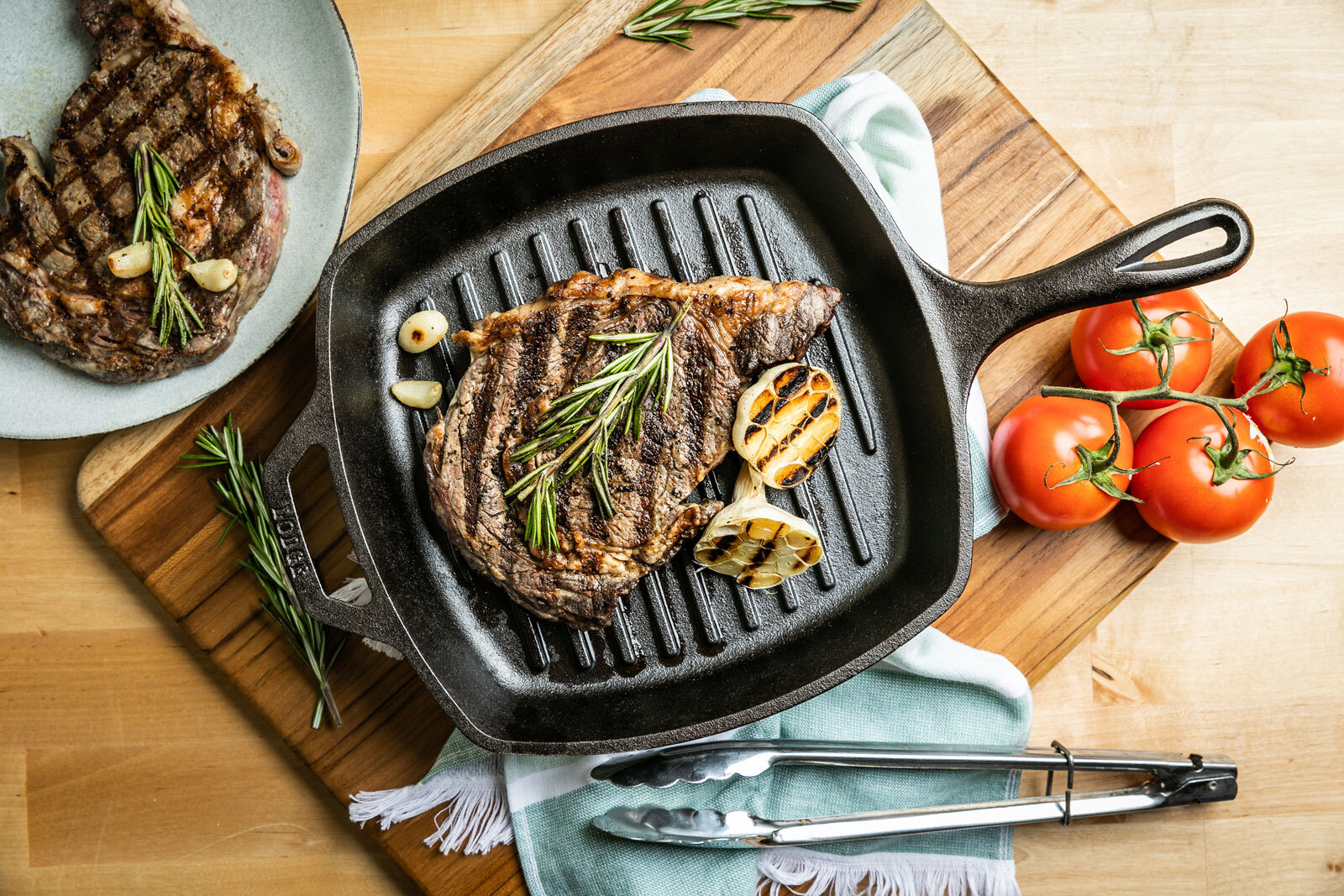Debates around cookware have been ongoing for years, with professionals often divided over the choice between stainless steel and cast iron skillets. Each has its own advantages and disadvantages, making it crucial to understand which is the right choice for your kitchen. This article dives deep into the specifications, benefits, and drawbacks of both types of cookware to help you make an informed decision.

The History of Cookware
Origins of Stainless Steel
Stainless steel, known for its resistance to rust and staining, was first produced in 1913 by Harry Brearley in Sheffield, England. This invention revolutionized the cookware industry, providing cooks with a material that offered both strength and durability.
Origins of Cast Iron
Cast iron cookware dates back to the early 1700s and has been a staple in kitchens worldwide ever since. Known for its ability to retain heat and improve with seasoning, cast iron skillets have a loyal following among professional chefs and home cooks alike.

Features of Stainless Steel Skillets
Material Composition
Stainless steel skillets are made from an alloy of iron, carbon, and chromium. This composition gives the skillet its non-reactive, durable, and often shiny finish.
Advantages
Some of the most notable benefits of using a stainless steel skillet include:
- Non-reactive surface: Ideal for cooking acidic foods.
- Durability: Long-lasting and resistant to rust and staining.
- Versatility: Suitable for various cooking methods, including frying, sauting, and braising.
Drawbacks
While stainless steel skillets have many advantages, they also come with their share of drawbacks:
- Poor heat conduction: Generally requires a core of aluminum or copper to improve heat distribution.
- Stickiness: Foods can stick, especially if the skillet is not preheated properly.

Features of Cast Iron Skillets
Material Composition
Cast iron skillets are made from molten iron poured into molds. This creates a heavyweight skillet known for its incredible heat retention.
Advantages
Cast iron skillets offer a wide range of benefits:
- Excellent heat retention: Keeps food warm for longer periods.
- Natural non-stick surface: Develops with proper seasoning over time.
- Versatility: Can go from stovetop to oven with ease.
- Durability: Can last for decades, even generations, with proper care. For more on how to care for your cast iron skillet, check out this detailed guide.
Drawbacks
Despite its many benefits, cast iron also has some disadvantages:
- Heft: Can be quite heavy and difficult to handle.
- Maintenance: Requires regular seasoning to maintain its non-stick surface.
- Reactive: Can react with acidic foods, affecting the flavor and appearance of the dish.
Performance in the Kitchen
Heat Distribution and Retention
Both stainless steel and cast iron skillets have unique characteristics when it comes to heat. Stainless steel generally requires an aluminum or copper core to improve heat conduction, while cast iron excels in heat retention, making it ideal for searing and slow cooking.
Cooking Versatility
Both types of skillets are versatile; however, cast iron stands out for its ability to go from stovetop to oven. Stainless steel is often praised for its non-reactive surface, making it perfect for cooking acidic foods like tomatoes.
Cleaning and Maintenance
Stainless Steel Skillets
Cleaning a stainless steel skillet is often straightforward. Most are dishwasher safe, and they can withstand abrasive scrubbers for stuck-on foods.
Cast Iron Skillets
Cleaning cast iron requires more care to preserve the seasoned surface. It’s often recommended to avoid soap and instead use a stiff brush and hot water. For more on cast iron care, you can check out this simple guide.
Price Point
Cost of Stainless Steel Skillets
The cost of a stainless steel skillet can vary greatly depending on brand and quality, but they are generally more expensive than cast iron.
Cost of Cast Iron Skillets
Cast iron skillets are typically more affordable and offer excellent value for their longevity and versatility.
Environmental Impact
Sustainability
Both types of cookware have minimal environmental impact if cared for properly. Stainless steel can be recycled, while cast iron skillets can last for generations, reducing the need for replacement.
Professional Opinions
Chefs’ Recommendations
Many professional chefs recommend having both types of skillets in the kitchen. Each has its own strengths and is suited to different types of cooking. For example, you might use a cast iron skillet for searing meats and a stainless steel skillet for delicate sauces.
Conclusion
In conclusion, both stainless steel and cast iron skillets have their place in the kitchen. Your choice should depend on your cooking habits, needs, and preferences. Whether youre a professional chef or a home cook, understanding the advantages and drawbacks of each type of skillet can help you make the best decision for your culinary adventures.
Frequently Asked Questions (FAQs)
1. Can I use metal utensils with stainless steel skillets?
Yes, stainless steel skillets are durable and can withstand metal utensils without getting scratched.
2. How do I season a cast iron skillet?
Seasoning a cast iron skillet involves coating it with a thin layer of oil and heating it. For a detailed guide, you can read more on Cast Iron Seasoning.
3. Which is better for high-heat cooking?
Cast iron is generally better for high-heat cooking due to its excellent heat retention, whereas stainless steel is better for quick, high-temperature searing.
As an Amazon Associate, I earn from qualifying purchases.
